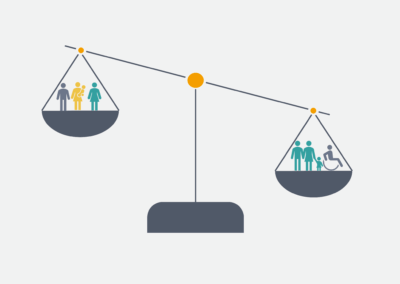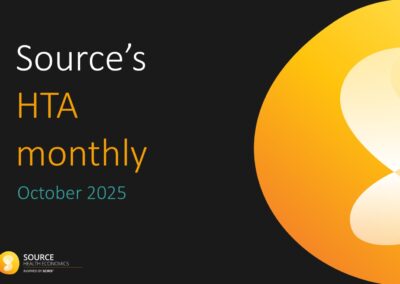Written by Juliet Mumby-Croft, Director
When developing a model methodology, there should be a Eureka moment. The moment when you find a model structure that reflects natural history, captures the relative benefits and harms of the new intervention versus standard of care (SoC) and uses the minimum number of assumptions. The methodology chosen should diminish uncertainty and not add to it as a result of burdensome complexity or layers of assumption that render a conclusion almost impossible.
Whilst model structures that have been used before are a guide, so too are the key differences between the new intervention and SoC. Should a model structure be bound by changes in HbA1c, for example, if the primary impact of the new intervention is on episodes of hypoglycaemia? That’s not to say that other elements of natural history shouldn’t be included (we need to estimate patients’ quality of life and life expectancy), just that the differences between the new intervention and SoC should play a central role. It is these differences which will impact clinical outcomes, resource use, costs and cost-effectiveness; the key information for the decision maker.
Even when a prior model structure would capture the relative benefits and harms of our new intervention, we shouldn’t assume that it’s the optimal solution. There can be a tendency to revert to traditional structures, such as Markov models, even if the disease needs to be shoe horned into it. For example, requiring assumptions regarding health state definitions, cycle lengths, the number of cycles over which an event may occur; taking survival data and producing transition probabilities.
For these reasons, it is good to look at the decision problem afresh; to start by mapping out the conceptual framework for the model from a clinical standpoint. What is the logical flow of patients’ disease experience and the interaction of treatment on this? Determine whether time to an event is important or just the number of events per se. Consider the data available to inform natural history and treatment impact.
The optimal model structure should then meet four objectives; it should:
- Capture natural history
- Have the differences between the new therapy and SoC as its central theme
- Deliver outcomes in the format required (e.g. discrete event simulation versus Markov, if time to event is important)
- Minimise the number of required assumptions and data manipulation
The fourth of these objectives is too often overlooked but where our Eureka moment lies. Why use transition probabilities if we can use the survival data as is? Why define health states, when the condition is represented by a continuum of progressive disease? As health economists we should strive to minimise the introduction of uncertainty. We should try to find the most elegant solution: a methodology that is as simple as possible, contains the minimum number of assumptions and uses data in a form that transparently captures product value. Ultimately, a methodology which provides clarity for the decision maker and, as far as possible, removes the barriers to a positive recommendation.




